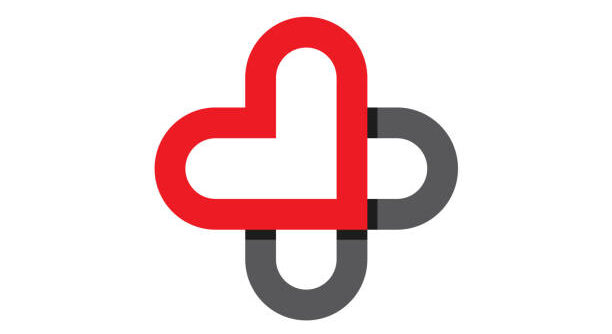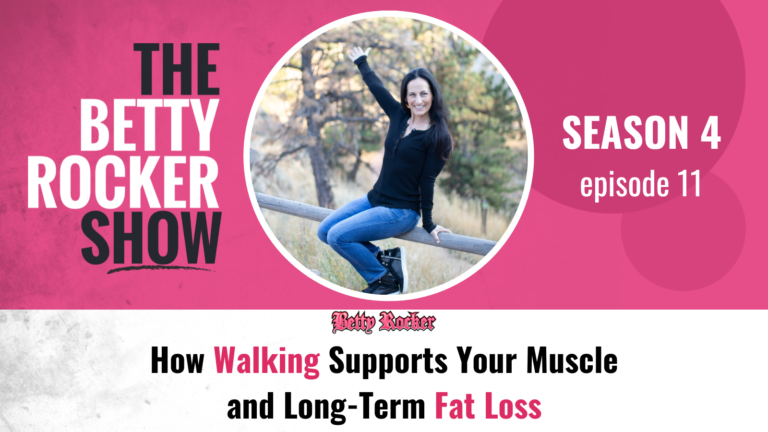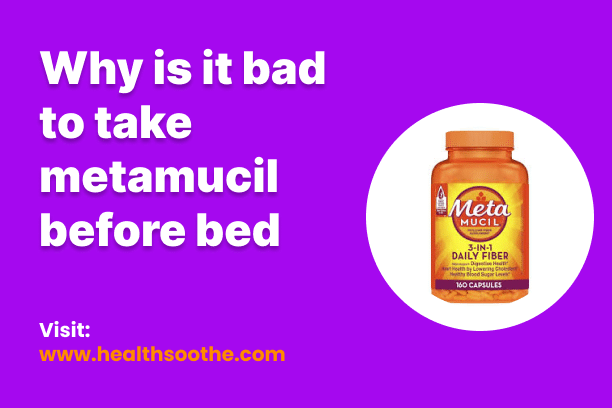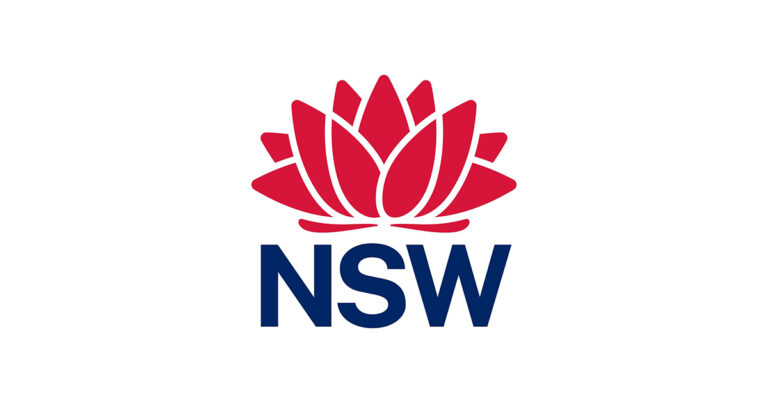
UnitedHealthcare is going direct-to-consumer with its new online digital shopping experience. While some healthcare leaders say this opens another revenue stream for UnitedHealthcare and makes accessing healthcare services more seamless, others are more skeptical.
Last week, the health insurance behemoth announced the launch of UHC Store, which is available within the UnitedHealthcare app and its website. Members are able to purchase a range of health and wellness offerings with up to a 15% discount. The insurer is launching UHC Store in phases, starting with 6 million fully insured members, with plans to expand to 18 million commercial members later this year.
The offerings include weight loss programs, orthopedic management apps and women’s health resources. UnitedHealthcare is partnering with more than 25 vendors for its UHC Store, with plans to expand further. Current partners include digestive health company Cylinder, chronic condition management platform DarioHealth, women’s health brand Embr Labs, weight management service Nutrisense, fitness app Sworkit, and musculoskeletal care provider Kaia Health. For example, Cylinder users can access dietary coaching; Nutrisense customers receive a glucose monitor and personalized weight management support; and Embr offers a wearable cooling device designed to relieve hot flashes and menopause-related stress.
Consumers can purchase these products directly on UHC Store, and recurring transactions will be processed by UnitedHealthcare. Members can pay using credit card, Apple Pay and Google Pay.
The idea behind UHC Store is to supplement the benefits offered by employers.
“The UnitedHealthcare Store is really our first foray into focusing on driving more consumer choice into the healthcare and benefit landscape,” said Amy Jordan, vice president of consumer experience with UnitedHealthcare’s commercial business, in an interview. “We hear frequently from our members around how they are craving more choice in their benefits, wanting to have more flexibility in their offerings, and we saw an opportunity to bring forward benefit adjacent offerings to embed as part of our experience.”
In some ways, the UHC store is similar to Amazon’s Health Benefits Connector, which connects people to digital health programs for weight loss, mental health, diabetes, musculoskeletal care and more. Some of its vendor partners include Teladoc, Hinge Health and Omada. However, patients are able to use their insurance for these programs.
For at least one healthcare expert, this new digital shopping experience from UnitedHealthcare doesn’t add much value.
“I don’t think this is that significant, because you’re basically asking people to go and buy products they can get elsewhere from the health industry, and at the end of the day, right or wrong, most Americans may not know who their health insurer is,” said Ari Gottlieb, principal of consulting group A2 Strategy Corp. “Secondly, they don’t really like them and they don’t really trust them. … People aren’t like, ‘I love my health insurer, let me see what else I can buy from them.’”
He also questioned whether there would actually be much of a cost benefit to the UHC Store. He noted that with UnitedHealthcare Vision, he could have purchased contacts at a discount, but it was still much more expensive than purchasing them elsewhere like Costco and EZContacts.
Another healthcare expert noted that this reflects a broader trend: payers are increasingly recognizing the importance of using technology to engage consumers. However, UnitedHealthcare faces growing competition on this front.
“UnitedHealth isn’t just competing with other payers to influence member behavior – it’s competing with ChatGPT,” said Seth Joseph, founder and managing director of Summit Health Advisors. “The biggest determinant of success or failure will be the extent to which the initiative is driven by consumer-facing technology executives versus constrained by the UnitedHealth corporate leviathan.”
In other words, Joseph is questioning whether UnitedHealthcare has an executive with legit tech and consumer experience leading the charge. If this is led by a UnitedHealthcare exec with minimal consumer experience, this initiative will likely fail, he declared. In addition, consumers are increasingly using ChatGPT to do their research on any queries they have.
He added that he is a little skeptical of this particular initiative from UnitedHealthcare.
“UnitedHealth is a vertically integrated healthcare behemoth whose core competencies include underwriting, risk stratification, mergers and acquisitions and corporate eliminations (or accounting practices),” he said. “What happens when those come into conflict with how a consumer makes decisions in the moment based on a tap or swipe?” UnitedHealthcare is a massive bureaucratic organization, and their core competencies are very different from what appeals to consumers, he added. Tech firms that can quickly run experiments and make changes — for instance, eliminate programs or tech that do not work — are typically better positioned to cater to consumers.
A healthcare professor, meanwhile, is a little less skeptical. Dr. Robert Pearl, former CEO of the Permanente Medical Group and currently a professor at Stanford University School of Medicine and Stanford Graduate School of Business, said this simply seems to be a low-cost opportunity for the insurer to receive some additional revenue.
“I see it basically being a supportive tool [for] member retention, [with] some profit being generated off of the transaction,” he said. “I see it as being something that they’re going to be able to do to expand their definition of what an insurance company is.”
According to UnitedHealthcare, however, this is merely a way to give members more choice in their health support.
“We also hope it helps drive engagement into our digital tools, which is a key strategy as we’re thinking about how we can really help improve and make the healthcare system work better and be more simple for everyone,” Jordan said. “We’ve focused on investing heavily in our digital experiences to try and provide tools and resources to really make it easier for members to navigate the complexity of the healthcare landscape.”
And maybe if the company is able to forge a closer bond with consumers, it might help a bit in changing how people feel about the health insurance industry overall, whose reputation has been hurt by a perception — rightly or wrongly — that they delay or deny care.
Photo credit: JungleOutThere, Getty Images






